For more than 30 years, the people of Nanton Zuo in northern Ghana have lived with one painful truth: their only source of drinking water is slowly killing them.
More than 5,000 residents — children, farmers, pregnant women, and the elderly — depend on a polluted dam contaminated with human waste, animal droppings, agrochemicals, and thick layers of mud. The water is brown. It smells. Yet it is all they have.
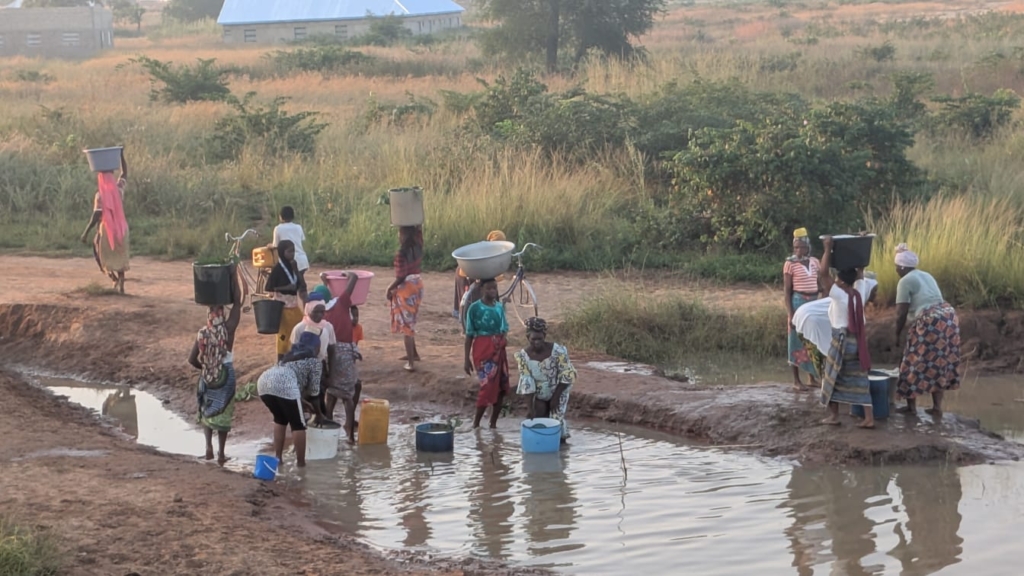
Health workers describe the situation as a silent emergency.
“We are dying from within. What we need is not sympathy; we need action. Our people are dying slowly because we are not a priority,” community leader Fuseini Salifu told JoyNews.
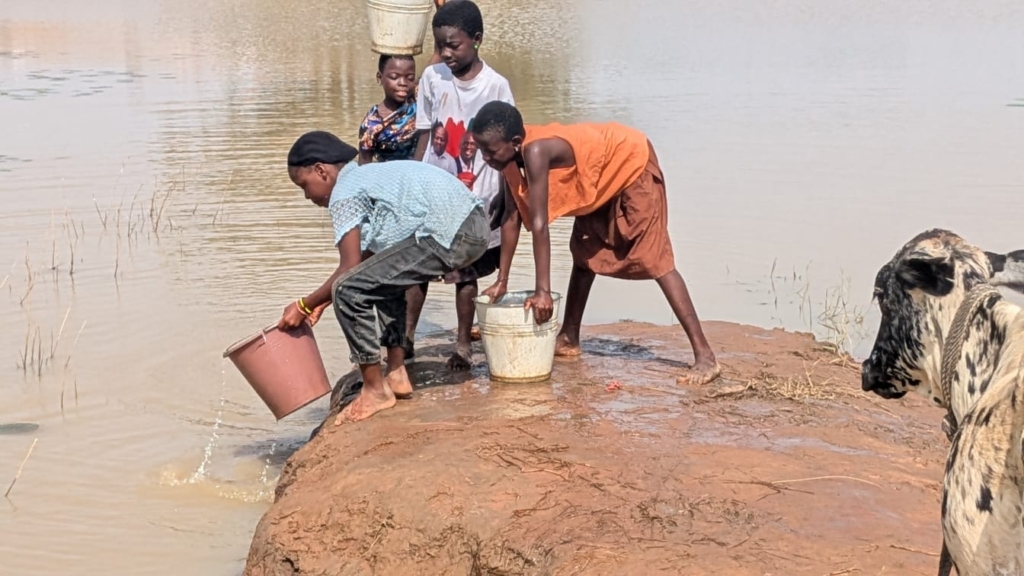
A Dam of Disease
The JoyNews investigation “Poisoned Water – Paying Dearly for a Basic Necessity” revealed shocking laboratory results: extremely high levels of E. coli and Salmonella, bacteria linked to diarrhoea, kidney complications, typhoid, and life-threatening infections.
Senior Urologist at the Tamale Urology and Modern Surgical Centre, Dr Akis Afoko, issued the most frightening warning:
“The community risks dying from within if nothing is done. The water is toxic, but people drink it because they have no choice.”
Since that investigation, the situation has not improved. Cases of diarrhoea, typhoid, skin diseases, and other serious complications have increased.
Teachers say many children miss the first hours of class because they spend long mornings fetching water, especially during the dry season. Parents describe raising their children “in survival mode.”

Northern Regional Manager of the African Methodist Episcopal (AME) Zion Church, Mr Ransford Kwabena Bayisi, confirms the impact: “Some days, nearly half of the children in a class stay home — they are sick, or they have gone to look for water.”
He added that at the AME Zion Primary School in Nanton Zuo, teachers often face half-empty classrooms.

“Sometimes it is discouraging. If half of the students are absent, the teacher becomes reluctant to teach because they will have to repeat the lesson the next day.”
A Growing Community with No Water System
What began as five small villages — Chanzieni, Baglahi, Womali, Pagzaa, and Gbabshie — has now grown into one large community. But the water supply never grew with it.
The dam was never protected, fenced, treated, or expanded. Today, Nanton Zuo is a growing settlement without a single safe drinking water point.
Farmlands are drying up. Young people are leaving for Kumasi and Accra for menial jobs. Community leaders say frustration has pushed some youth into petty theft in order to survive.
Across Nanton Zuo, nearly every household battles water-related illnesses — abdominal pains, chronic intestinal problems, typhoid, diarrhoea, and skin infections. Yet the town has no public health centre.
Residents travel 10–15 km to the nearest public facility, especially the Tamale Teaching Hospital, or they resort to the Tamale Urology and Modern Surgical Centre — a private specialised facility that does not treat common illnesses.
Because of this gap, over 80% of households self-medicate, often buying incomplete doses of antibiotics from drug stores. Between 80% and 90% of residents delay treatment until symptoms worsen.
Families spend an estimated ₵200–₵450 monthly on medication — a heavy burden in a subsistence farming community. During peak diarrhoeal seasons, cases surge sharply, though official data is unavailable.
For many families, sachet water is the only safe option. But a household of six, like that of Afa Sulley, needs ₵12–₵18 daily, equal to ₵360–₵540 monthly or ₵4,300–₵6,500 yearly.
“If a family of six needs ₵12 to ₵18 a day for sachet water, how can we manage? It is not realistic for us,” said Mr Sulley.
“When you drink the water, you pray not to fall sick. When you buy clean water, you go hungry that day.”
Women and girls bear the hardest burden. In the dry season, they walk 3–5 km and spend 2–3 hours fetching water.
Mr Bayisi said the impact is severe because school absenteeism rises by 30–38%, girls aged 6–15 miss 6–10 school days per month and women lose 10–14 productive hours weekly.
Why the Boreholes Keep Failing
Over the years, Dream Village, Green Gold Social Enterprise, and other partners drilled more than 15 boreholes, according to residents. Every attempt failed.
For the first time, a water engineer explains why. Water resources development engineer, Fadlu Rahman Mashod, says the problem lies deep underground.
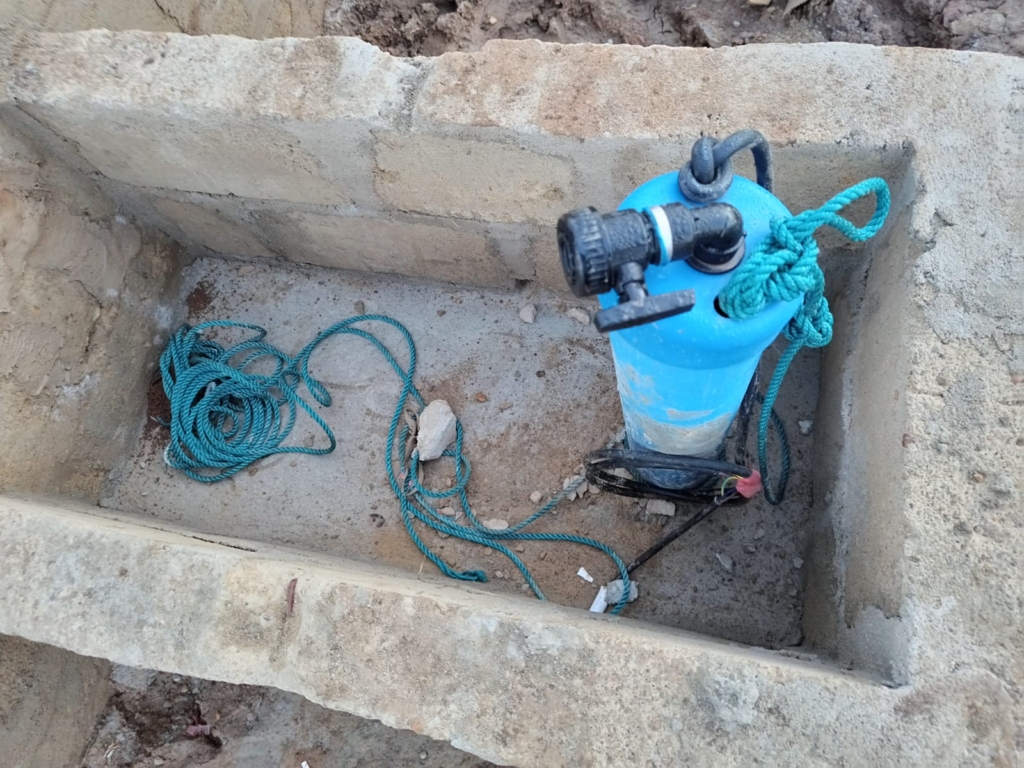
“There is very little groundwater. Most of the time, when you drill, you won’t find water. The rocks here are mudstone and shale. These rocks do not allow water to enter or be stored inside them. It is not only Nanton Zuo. The whole area has this problem.”
He said finding groundwater would require complex studies, advanced technology, and deeper drilling — which may still fail.
Because boreholes do not work, families now buy water from private suppliers at ₵3.50–₵5.00 for 25 litres. Most households cannot afford this. With government support, the price could drop to ₵1.50–₵2.00 — enough to save lives.
Experts interviewed for this investigation point to three workable solutions, which include a community Water Treatment Plant – a system that removes turbidity, bacteria, and chemical pollution, Deep, High-Yield Boreholes, which will use advanced geological mapping and professional hydro-surveys, and low-Cost water testing as a permanent system to help residents detect danger early, build local data, and hold authorities accountable.

One of the most practical and affordable ways to monitor water safety in low-resource communities is the Portable Microbial Test Kit. The kit is extremely simple to use, where residents collect a small sample of water in a sterile bottle, add a reagent, and wait 24 hours. If the water is contaminated, the liquid changes colour instantly, giving a clear warning signal.
Because the kits require no electricity, no laboratory, and no technical expertise, they are already used by district environmental health officers in some parts of Ghana. They can also be stored for several months without refrigeration, making them suitable for rural communities with limited infrastructure.
This type of low-cost testing allows residents to detect danger early, track contamination trends, and build local evidence to demand urgent action from authorities.
Northern Regional Water Quality Assurance Manager, Sulemana Alhassan, stressed: “You must turn water into data. Data forces action.”
Dr Afoko added that while deep underground water exists, drilling one or two mechanised high-yield boreholes could significantly reduce waterborne diseases.
After months of meetings, Nanton Zuo adopted a three-part survival plan: government or partners should subsidise water, allowing private suppliers to sell safe water at affordable prices, the dam should be desilted, dredged, strengthened, and fitted with simple purification systems, and the community should be integrated into national water projects
Though Nanton Zuo receives heavy rainfall, the dam cannot hold water because it is filled with mud and its banks are weak.
“If we don’t rebuild the dam, this community will not survive the next 10 years,” an elder told JoyNews.
Long-Term Hope: The Tamale Water Project — A Promise Still Waiting
Many believe their true rescue lies in a major government plan — the Tamale Water Project, announced in 2020.
Government documents show the project will build a 135,000 m³/day treatment plant at Yapei to serve 680,000 people by 2040. It will supply dozens of communities, including Nanton Zuo.
The project costs US$223 million. The engineering designs and Value for Money Audit have been completed, but actual construction has not started.
In 2020, then-President Akufo-Addo cut sods for three major water projects in the north, including this one, raising huge hopes as he campaigned for re-election.
Five years later, the Tamale Water Project has not produced a single drop of water.
During the 2026 Budget presentation, the Finance Minister announced construction would begin in 2026, extending the wait.
Another community member, Feruza Mohammed , says the delay is painful.
“We know the dam can’t help us now, but only a major project like this can secure our future. It must not become another broken promise.”
Nanton Zuo wants to be fully integrated into the project. For them, this is not just infrastructure — it is a chance to end over 30 years of suffering.
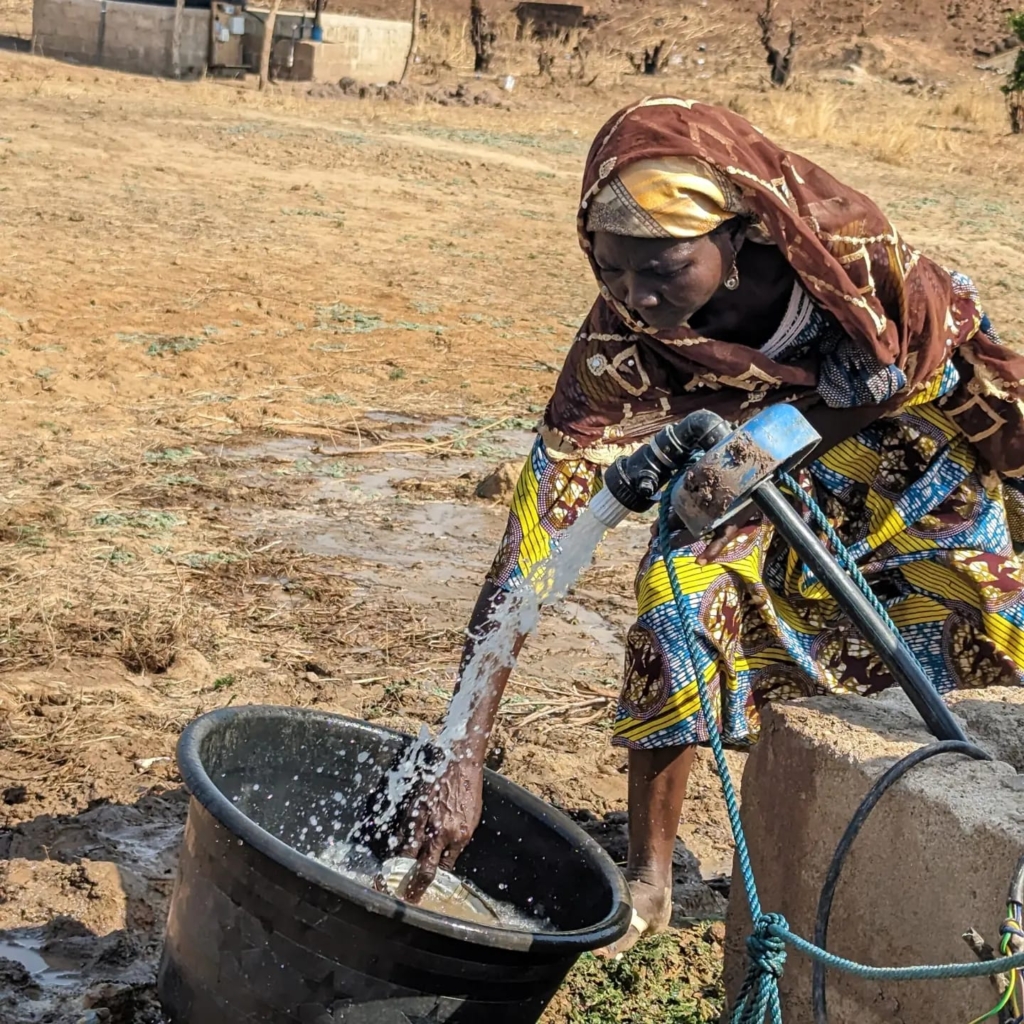
A Human Rights Crisis
Access to clean water is a basic human right. Yet thousands in Nanton Zuo still drink from the same place where animals defecate and people wash.
Ghana has committed — through the Sustainable Development Goals and the Paris Agreement — to ensure safe water for all. But communities like Nanton Zuo remain forgotten.
Dr Afoko says the cost of inaction will be heavy: More children falling sick. More youth are migrating. More families are sinking into poverty. More preventable deaths.
Nanton Zuo is preparing a petition to state agencies, demanding: urgent subsidised clean water, rehabilitation of the dam, and fast integration into the Tamale Water Project.
Documentaries and investigations — including the JoyNews series — have shown that this is not a local issue. It is a national emergency.
The people of Nanton Zuo do not want charity. They want justice — the right to drink water that will not kill them.
One elderly woman, Zakaria Fati, said, “We don’t want to suffer like this anymore. We just want clean water. We want to live.”
Source: Mahmud Mohammed-Nurudeen

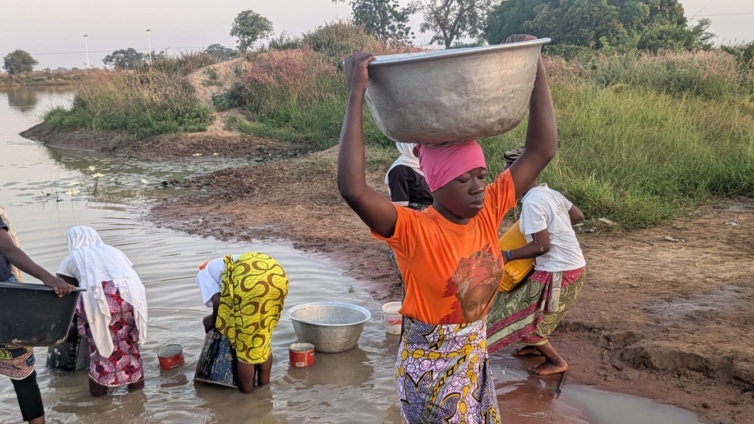

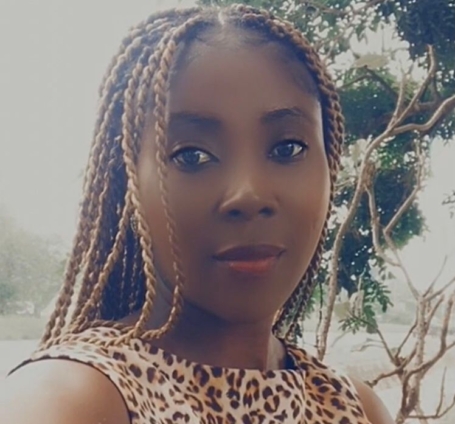

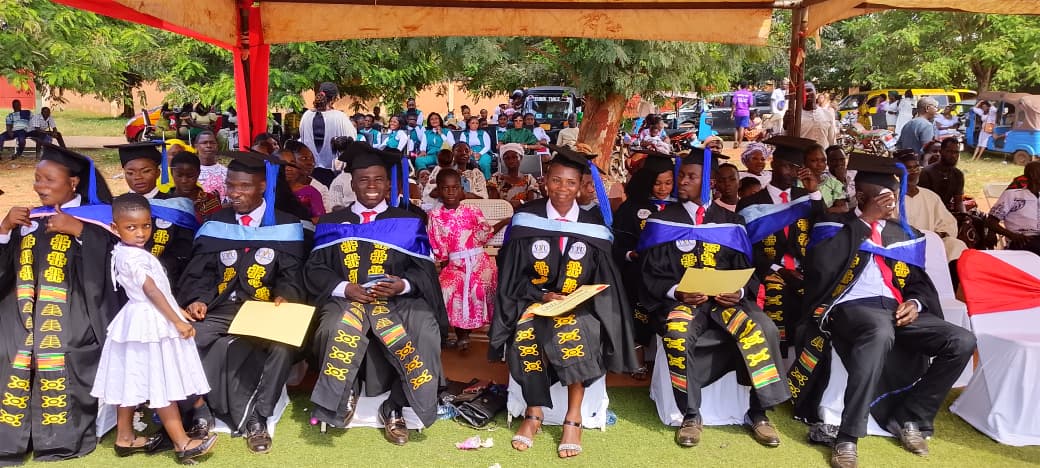
Leave a Reply